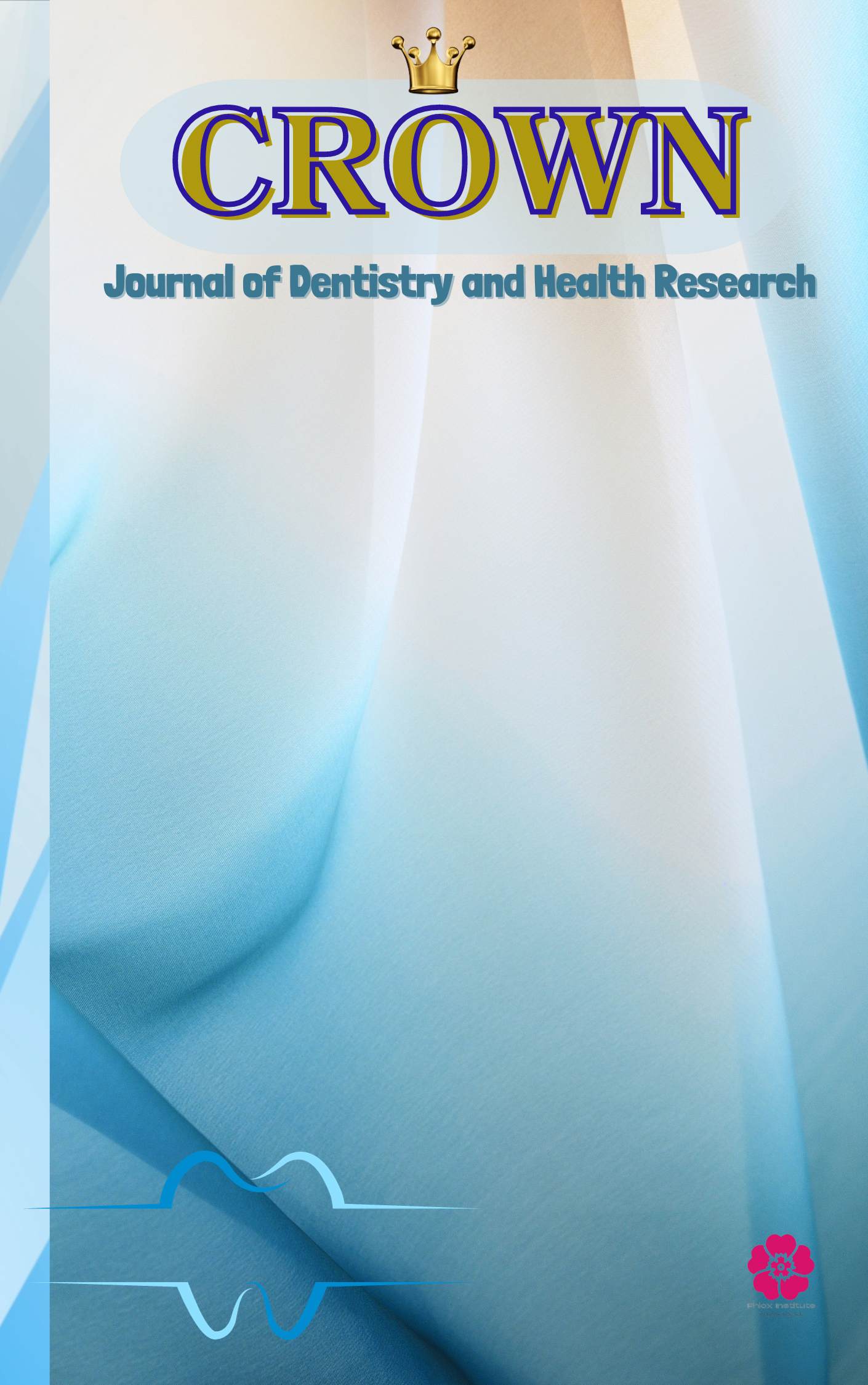Main Article Content
Abstract
Introduction: Early Childhood Caries (ECC) is a significant global health problem. Minimally invasive treatments like Silver Diamine Fluoride (SDF) and Glass Ionomer Cement (GIC) are crucial, but long-term comparative effectiveness data from real-world community settings are scarce. This study aimed to compare the three-year clinical performance of 38% SDF versus high-viscosity GIC in arresting active carious lesions in the primary molars of preschool children.
Methods: This study was designed as a three-year, prospective, non-randomized, community-based cohort study in an underserved urban population in South Sumatra, Indonesia. A total of 450 children aged 3-5 years with at least one active cavitated carious lesion (ICDAS 5/6) in a primary molar were enrolled. Following parental consent and choice, lesions were treated with either a single application of 38% SDF or a high-viscosity GIC restoration using the Atraumatic Restorative Treatment (ART) technique. Calibrated examiners assessed the lesions for caries arrest at 6, 12, 24, and 36 months using standardized visual-tactile criteria. The primary outcome was the proportion of arrested lesions. Survival analysis was performed using Kaplan-Meier curves and a Cox proportional hazards model.
Results: A total of 620 lesions (309 SDF, 311 GIC) were treated and followed. At the 36-month follow-up, the caries arrest rate in the SDF group was 81.2%, which was significantly higher than the 64.8% arrest rate observed in the GIC group (χ² = 24.5, p < 0.001). The Kaplan-Meier survival analysis demonstrated a significantly higher probability of lesions remaining in an arrested state in the SDF group over the three-year period (log-rank test, p < 0.001). The Cox regression model identified the treatment modality as the primary predictor of failure, with GIC having a hazard ratio of 2.15 (95% CI: 1.55-2.98) compared to SDF.
Conclusion: Within the parameters of this community-based cohort study, a single application of 38% SDF was significantly more effective in arresting active carious lesions in primary molars over a three-year period than high-viscosity GIC applied via the ART technique. These findings support the prioritization of SDF in public health programs for managing ECC.

